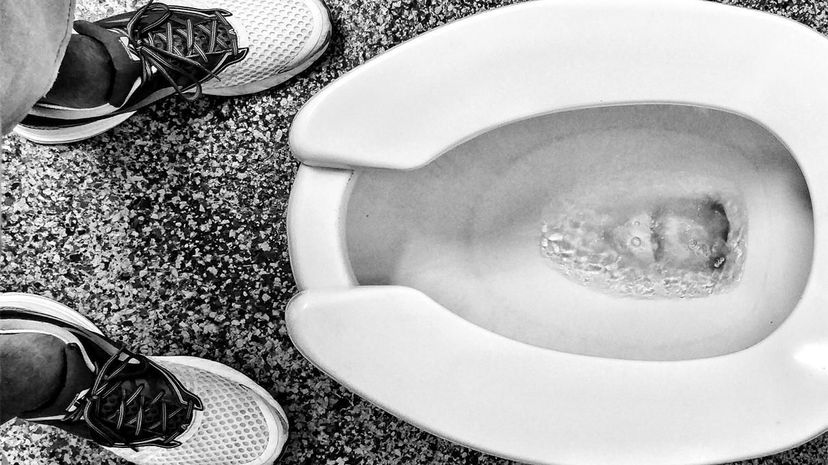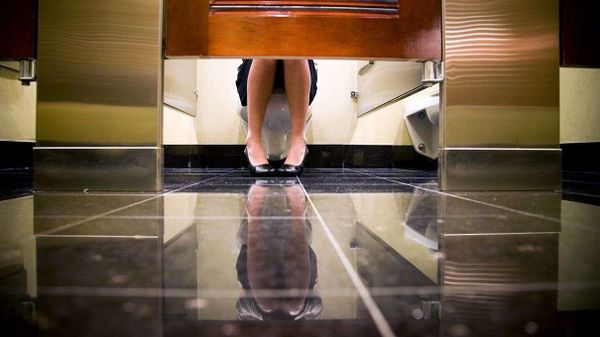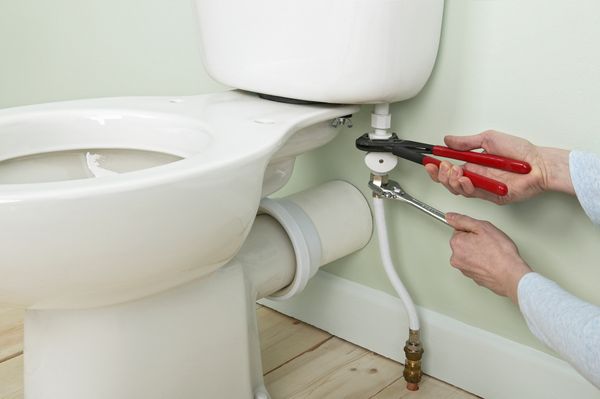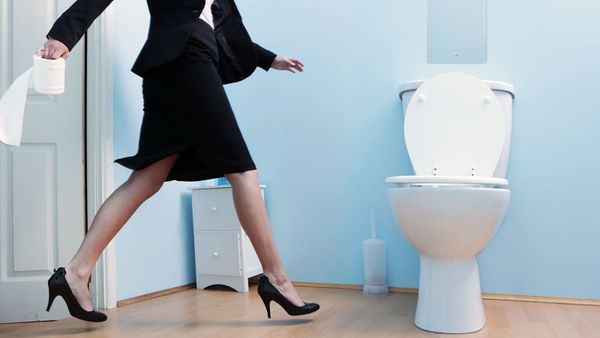
Key Takeaways
- Public toilet seats are U-shaped to comply with plumbing codes that require open-front designs, which have been in place since at least 1955.
- The gap at the front of the seat is designed to facilitate personal hygiene, allowing users, especially women, to clean themselves more easily without touching the seat.
- This U-shaped design also aids in reducing the transfer of germs and simplifies the cleaning process for maintenance staff.
The loo. The lavatory. The office. The throne. There are all kinds of different names to describe the place where humans do their dirty work: the toilet. What we all have in common is that sometimes nature calls while we're in a public place, causing us to head for the nearest office, shopping mall, restaurant or even the dreaded port-a-john.
The more time you spend in these venues, the more time you have to think about life's biggest mysteries. That includes a question that's been plaguing people who do their best thinking on the porcelain since at least the dawn of the low-flow flush: Why are public toilet seats U-shaped?
Advertisement
In fact, it's written into codes. Go back to at least 1955, where the American Standard National Plumbing Code (ASNPC) stated: "Water closets shall be equipped with seats of smooth non-absorbent material. All seats of water closets provided for public use shall be of the open-front type."
The global industry guideline Uniform Plumbing Code — created by the International Association of Plumbing and Mechanical Officials (IAPMO) — superceded the ASNPC, and has since 1973 called for open-front toilet seats. These plumbing codes are not laws in and of themselves, but many municipalities simply adopt what's written in the UPC as their own local codes. But the question remains: Why?
The answer, it appears, is that gap at the front of the seat makes it easier for users to clean up after themselves; these johns were designed with Janes specifically in mind, Lynne Simnick, IAPMO senior director of code development, told Slate in 2013. The U-shape was meant to give ladies plenty of room to wipe without having to stand up or touch the seat directly. That's especially helpful for those of us nesters who like to put down a layer of toilet paper on the seat before we pop a squat.
Don't like that answer? Think there's more to it? Well, you're not alone. There are plenty of other theories out there. Just make sure the seat is down when you've finished.
Advertisement


